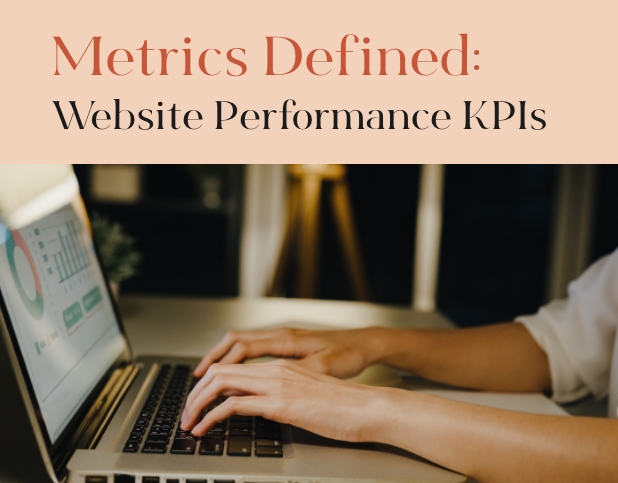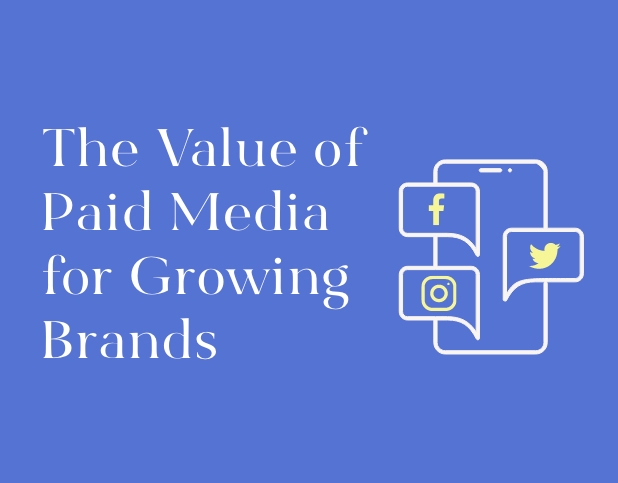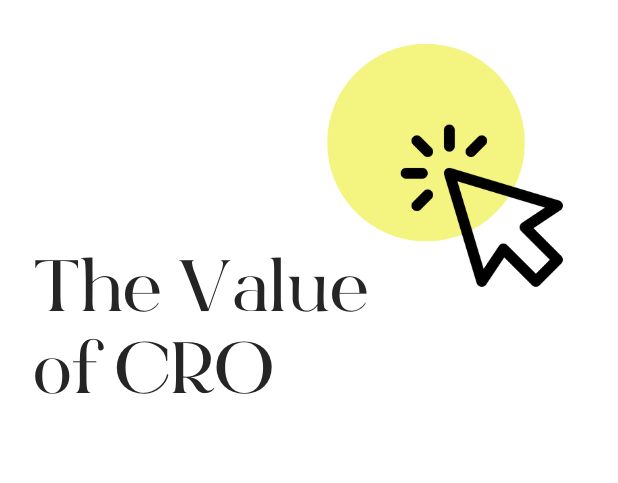So you have built a beautiful website for your e-commerce brand, that’s great! Now what? Your website is the backbone and online storefront of your company, it’s important to know if it was built correctly. So, how do measure your website’s success?
If you thought sales or conversions, you’re not wrong…. measuring sales is an important KPI, but it is definitely not the only metric to track. While it is a great indicator, it does not necessarily measure long-term success. At BuzzShift, we look at several metrics that can give us a holistic picture of your customer journey. Most importantly, we build KPIs specific to your brand and the current stage of your business. The metrics being measured should be selected based on the brand goals. Tracking several metrics allows marketers to continuously test and improve their website to keep customers engaged with the brand. While there are dozens of important metrics to measure, there are a few key metrics that can provide the most impactful insight for your website. One of the easiest ways to measure website performance is through Google Analytics. Below are some of the key metrics to look out for when diving into Google Analytics:
New Visitors vs Returning Traffic
Understanding your audience and their behaviors are vital for success. An important metric to consider is the percentage of visitors that have already visited your website versus visitors who have never previously visited your website. New visitors help marketers keep track of trends and awareness marketing campaigns whereas returning visitors will help marketers gauge how effective content or campaigns are to drive users to return. When looking at New vs. Returning, Google Analytics goes beyond percentage breakdown but also provides insights into how visitors interact with your website.
Extra ✨ Google Analytics categorizes visitors through cookies, so if someone has visited your website before but they are using an incognito tab, they will be classified as a new visitor.
Average Time On Page
This metric provides straightforward, quantitative data that tells you long users spend on a page (in seconds) divided by the number of sessions. It helps you understand if you are reaching the right audience or not. In addition, it can also be an indicator of whether your website is communicating efficiently with users. If users are coming to the site and don’t find what they are looking for quickly, they will leave. When measuring Average Time on Page, it’s important to keep in mind that it does not take into account the last page a user visited so the average time spent could be higher than reported.
Extra ✨ This is not to be confused with Dwell Time, another metric that indicates how effective the content on your website is. The higher the value of content on your website, the more people will spend engaging with your website.
Pages per Session
This metric indicates how many pages within a website a user views in one visit. It calculates the average number of pages viewed during a session. A higher number of pages per session can indicate that users are following the desired user experience. For example, after visiting the homepage, they may have clicked to learn more about the company or clicked on collections. Ideally, a user will be guided to click multiple pages. The more pages a user visits the more intrigued they are about learning about the company. A low amount of pages per session is an indication that the content displayed on the site needs to be revisited to see why users aren’t engaging.
Time To Purchase
One metric that is often overlooked, time to purchase gives you two key insights: Days to Transaction and Sessions to Transactions. While it would be ideal for customers to convert the first time they visit a site, we know it usually takes multiple touchpoints for customers to convert. The first time that they go to your site, most users are just learning or considering purchasing. Understanding how consumers are interacting with your brand is key to understanding ROI and building future marketing campaigns to continue engaging users further down the customer journey.
Visitors Per Channel
Ideally, brands are running a full digital strategy to be successful. Organic Search, Paid Search, Email & SMS, and Referral marketing are usually the highest traffic drivers to a website. Visitors per Channel is not only a metric that keeps track of website success but of other marketing initiatives. This metric helps marketers understand where users are coming from and how that is evolving over time. For example, optimizing SEO can boost other traffic sources such as paid efforts and referral marketing.
Extra ✨ Google Analytics also provides insights regarding user behavior broken down into traffic sources.
Conversion Rate
Most often, a conversion is thought of as “checkout” on a website, but it truly is any goal that you set on Google Analytics. Examples include checkout, forms submitted, session duration, or others depending on your goals. An average e-commerce checkout conversion rate will be around 3%. This benchmark will vary by industry and most importantly an optimal conversion rate will be unique to your brand. The higher the conversion rate, the better. This means that customers are completing the goal you want them to on your website. However, it is important to keep in mind that a high conversion rate with low traffic is not better than an average conversion rate with high traffic volume.
When creating a website and measuring success, it’s more important to partner with a company that can understand the full customer journey and digital ecosystem. At BuzzShift, we understand there are several metrics that need to be taken into consideration for your website and overall success. We empower our clients by providing a comprehensive, live reporting dashboard with the KPIs determined for your brand. In addition, we frequently audit website performance based on key metrics, Website UX/UI, and current landing pages and provide our clients with insights on how they can best improve their website efforts. If you are looking for an agency to help optimize your website content and experience, reach out today!
About BuzzShift
BuzzShift is a digital growth strategy agency with a focus on mid-market, scaling, purpose-driven DTC Brands. By combining the ideologies of branding, performance marketing, and retention agency, we are able to create memorable experiences with measurable results, and build long-term success for our clients with scalable, sustainable growth. Learn more about BuzzShift.







